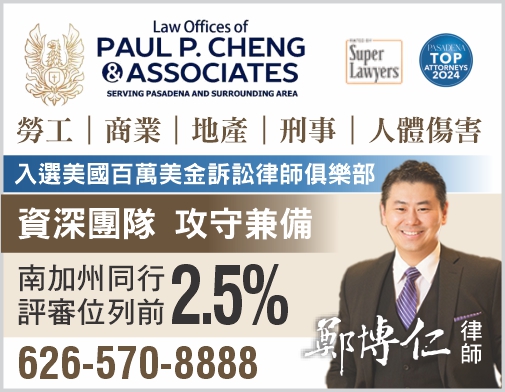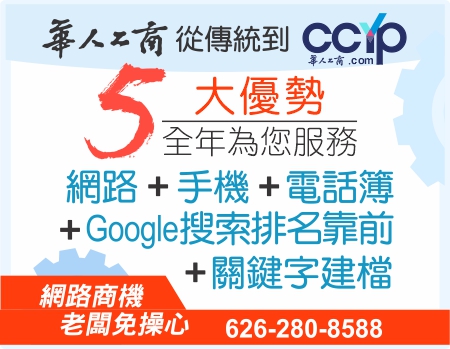CREDITOR HAS BURDEN OF PROVING CLAIM IS NOT DISCHARGEABLE
Creditor is required to prove by a preponderance of evidence that his claim against debtor is not dischargeable in bankruptcy. Documentary evidence has much weight and normally allows creditor to satisfy his burden of proof. For instance, if creditor alleges that debtor made a written representation that he had $100,000 of liquid assets at the time debtor applied for the loan, a written representation signed by debtor to that effect addressed to creditor satisfies the threshold preponderance of evidence to prove that fact. Thus, even if debtor vehemently denies that he signed the document, he would not have the preponderance of evidence, unless he can prove by other documentary evidence and a handwriting expert that the signature on the document was not his. What happens if both creditor and debtor have no documents showing what really happened or what the agreement was? Then, it is a matter of who is more credible to the court. But what happens if the testimony of creditor and debtor are equally credible and there is no other proof presented as to who is telling the truth? Does the court need the wisdom of Solomon to decipher what the truth is by cutting the baby in half? Not really.
If both creditor and debtor are equally credible, the creditor loses and the debtor wins, because creditor as plaintiff in objecting to discharge of his claim did not satisfy his burden of proof to show that the claim is not dischargeable by a preponderance of evidence. There is no preponderance of evidence in favor of creditor because both parties did not produce any documentary evidence and the testimony of both parties was equally credible to the court. Since the weight of the evidence presented by both parties is equal, creditor failed to carry his burden of proof and loses the case. The claim is therefore discharged.
In Re Miga, the chapter 7 debtors owned and operated a used car lot. On July 24, 2008, the plaintiff gave the debtor husband a cashier’s check for $25,000. Debtor negotiated and deposited the check into the business account. Other than a copy of this check, there was no other documentation to memorialize the parties’ agreement with respect to the July 2008 transaction. The parties told the court different stories regarding why plaintiff gave the debtor $25,000. Plaintiff said he gave the debtor the money to buy two cars for him at auction. When he saw debtor after the auction, debtor told him that the auction did not have the type of vehicles that plaintiff wanted. Plaintiff sued the debtor and the business after the debtor failed to return his money. The plaintiff also alleged that the debtors engaged in a series of transactions that reduced their ability to repay creditors. The debtors countered that the money was a loan and that they transactions complained of were efforts to save the business. Neither plaintiff nor debtor presented any documentary evidence to support what each of them was saying. The court found that the plaintiff failed to demonstrate by a preponderance of the evidence that the debtor obtained the check by virtue of a misrepresentation. “Given that the parties’ presented markedly different scenarios of what transpired on the date of the transaction, and neither party has documentary evidence related to the transaction itself so as to substantiate their version of events, the court’s determination rests solely on credibility.” the court said. The parties’ stories were equally credible, and wholly irreconcilable. Therefore, the plaintiff lost because he had the burden of proving that his claim was non-dischargeable under Section 523(a)(2) and (a)(6) . 523 (a)(2) provides that a claim is not discharged if money is obtained by false pretenses, a false presentation or actual fraud, other than a statement respecting the debtor’s or an insider’s financial condition. 523 (a)(6) provides that a claim is not discharged if debtor had willfully and maliciously caused injury to creditor.
Thus, keep your documents and tangible evidence to ensure discharge of debt. Lawrence Bautista Yang is a graduate of Georgetown University Law Center and has been in law practice for thirty years. He specializes in bankruptcy, business and civil litigation and has handled more than four thousand successful bankruptcy cases in California. He speaks Mandarin and Fujien and looks forward to discussing your case with you personally. Please call (626) 284-1142 for an appointment at 1000 S Fremont Ave Bldg A-1 Suite 1125 Unit 58 Alhambra, CA 91803.
图片翻摄自网路,版权归原作者所有。如有侵权请联系我们,我们将及时处理。
 點評
點評 微信
微信 微博
微博






